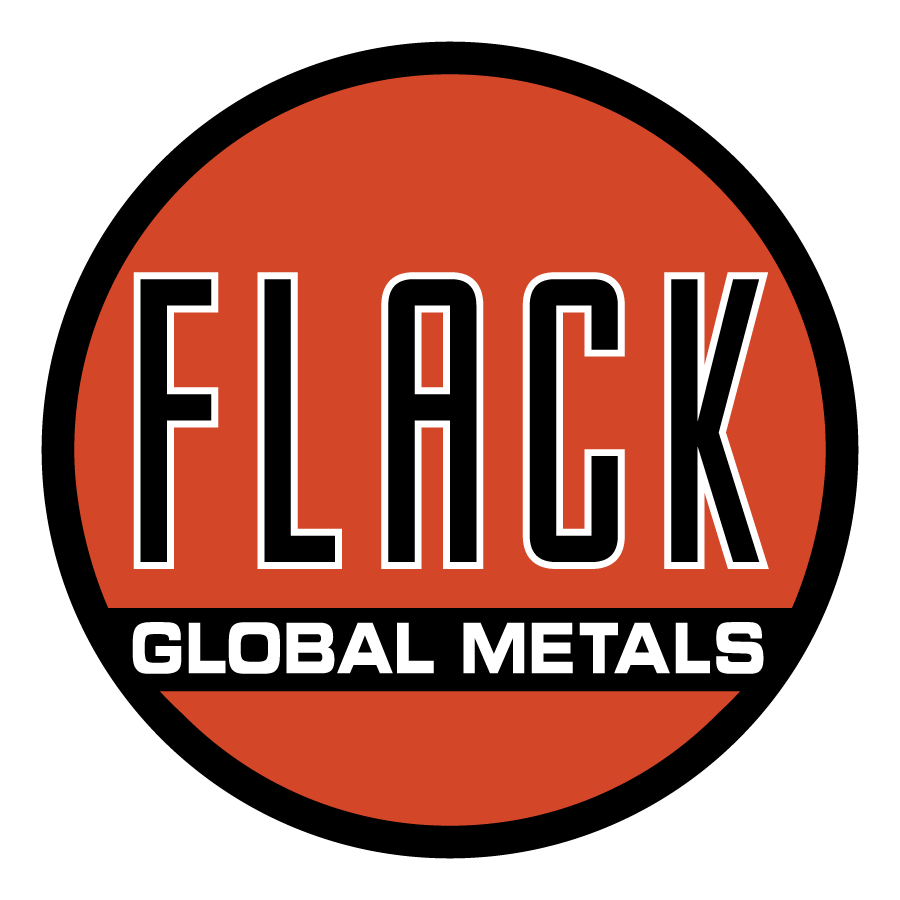Crude oil’s continued fall dominatedlast week. WTI crude dropped as low as73.50 before a sharp rebound back to 76. It closed the week at 75.82, down $2.83. There seems to be a strong correlation between crude oil prices and withsteel stocks and non-domestic currencies, respectively.

Another notable event last week wasthe drop in Baltic and Turkish scrap, pig and finished products.
Last week, CRU printed: US $638 +1,Germany $476 -7, Italy $463 -6, China $454 -4 (all in short ton). The Flack Steel Global Weighted Index dropped$10 to $465/st. Domestic price differentialsstill remain extremely elevated ranging from $106 – $203 with Chinese CRC at -$185. TSI daily prices did the following WOW: USHRC prices 640 unch, NE HRC €412 – 1 ($468/st +2), ASEAN 499 unch ($452.59 /st unch)and Turkish Scrap 317 -14.
Platt’s has HRC at 640 flat, whileFlacksteel.com has HRC flat at 635 flat. AISI production levels increasedmarginally to 1.839 million (see below) while capacity utilization moved 1% to76.5% (this is for all steel production fyi).
Flat rolled Import license data forOctober looks to be 1.585 million short tons. November data looks like the expected slowing is finally here projectingat 1.1m, which is still 13.2m annualized rate and higher than each of the first5 months of the year.
Iron ore was under some pressure lastweek. The IODEX dropped $.5 to 75.5 while the 3 month ore futures also dropped $1.50to 73.94.
Turkish scrap shed $15 to 300, eastcoast shred fell $20 to $282.5, 80:20 HMS dropped $14 to $303, and Black Seapig iron fell $10 to $365. Black Seabillet dropped $16 to $442 while US plate dropped $12.50 to 817.5. HRC fell with Chinese HRC down $6.80 to 424/stand Black Sea HRC fell $10 to $399. USHRC was kept flat at $640.
The S&P 500 hit new record highsclosing the week up 12 at 2038 while the VIX calmed to 13.31. NUE was down .30 to $53.91. US Steel finished the week down 3.5% at 36.24. STLD rallied .30 to 22.74. AKS dropped .1 to6.54 and MT was down 2.7% to $12.25.
Iron ore miners moved lower with weakore prices. CLF shed 4.3% to 10.69, BHPdropped 2.42% to 58.43, Vale lost 5.94% to 8.84 and RIO shed .62% to 48.07.
Zinc gained .57% to 2252.5/mt. Gold gained 1.35% to 1185.6 while silver rallied3.82% to 16.31.
WTI crude oil dropped another 3.6% tosettle at 75.82 in a volatile week of trading seeing prices as low as $73.5. Natural gas fell 8.9% to $4.02/Mbtu reversingsome of the previous week’s gains.
A Friday selloff in the dollarreversed the week’s gains with the dollar index finishing the week mostlyunchanged at 87.52. The yen continuedits selloff down 1.5% to 116.29. TheBrazilian real (-1.68% to 2.6), Russian ruble (-1.26% to 47.31) and Britishpound (-1.26% to 1.5669) continued lower while the Turkish lira (+1.23% to2.23) and Aussie dollar (1.31% to .875) rallied off recent lows. The currency advantages for foreigners looking to export to the U.S. areimpressive. These current foreign exchange rates should pressure the entirecommodity sector at large and provide attractive opportunities forinternational exporters to sell steel to the US. A larger macro concern would be the effect ofa sovereign debt default on global financial markets and the knock on effectsinto asset pricing and demand.
U.S. ten year yields rallied to 2.32% (up 1%) while European rates fellwith the German ten year down 4% to .79%(actual interest rate in bold)
Economic data was sparse lastweek. U of M Sentiment and businessinventories were better than expected, while retail sales were in line, up .3%,however, retail ex-auto was up .3%, better than expected.
I currently have the following upside anddownside risk for HRC prices:
Upside Risks:
– Price HikeEffectiveness
– Strongmanufacturing data
– Sharp drop inimport data
– Trade Case Rumors/Filings
– Unplanned outages
– Continuedimproved demand
– Weatherdisruptions
– Infrastructurebill/long-term solution to highway spending bill
Downside Risks:
– Currency issues
– Another recordmonth of imports
– Increasedinventories at service centers
– Price Hike – ifit fails, will it bring forward tons and there will be a gap that sinks prices
– Continued weakiron ore and global finished steel prices
– Weak ore leadingto weak scrap and pig iron prices
– Year-endinventory destocking
– High productionlevels
– Economicdownturn, especially in China or Europe reverberating to U.S.A.
– Weak demand inhousing or automotive
– Ebola
